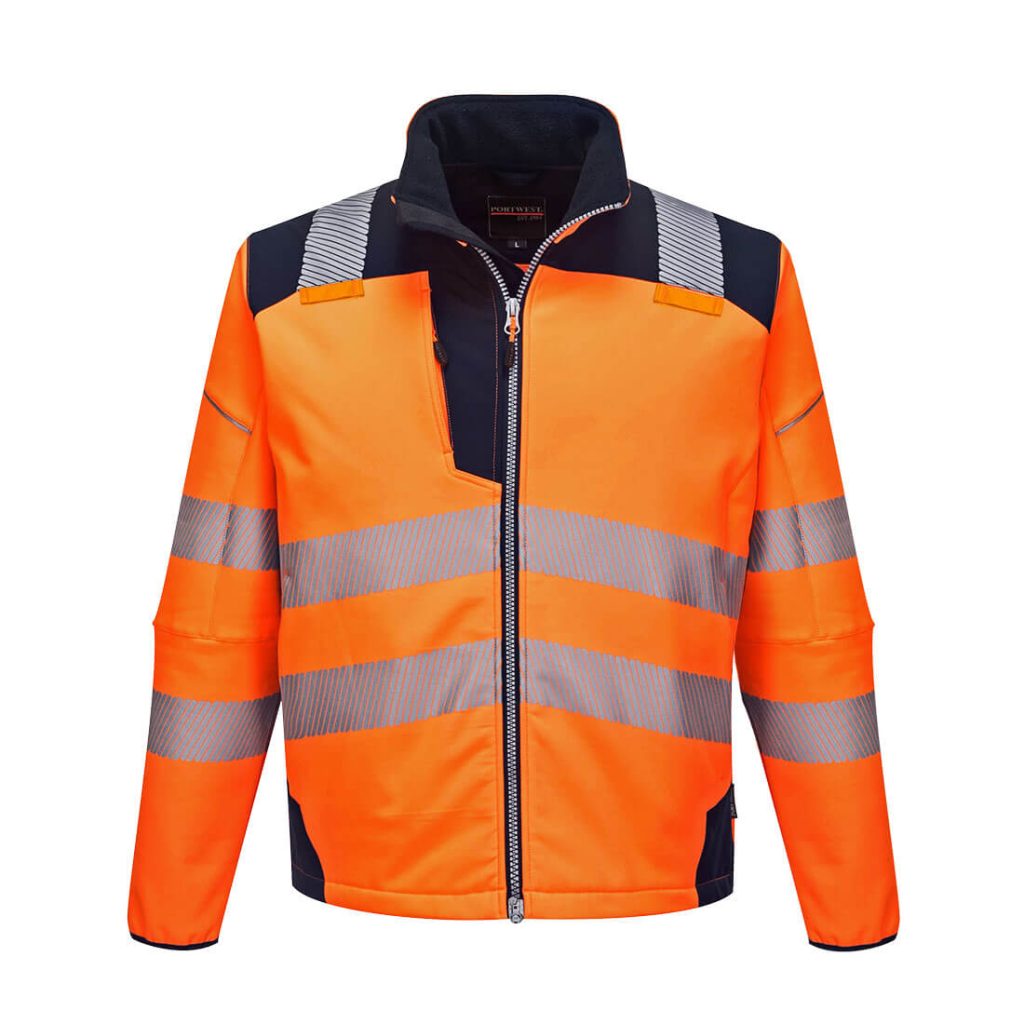The post How to Choose the Best Hi-Vis Jacket appeared first on UK Construction Blog.
In today’s fast-paced world, ensuring safety and visibility at work is more important than ever. Whether you’re on a construction site, maintaining motorways, or working offshore, ensuring you have the best hi-vis jackets are crucial for keeping you safe and visible in low-light and hazardous conditions.
The importance of hi-vis has been recognised in recent years in contexts beyond the workplace and have even been offered to primary school pupils to help improve their safety outside the school gates.
The construction industry is one of the largest sectors globally and with demand for hi-vis increasing, the market is flooded with fluorescent workwear options. Over time, poor quality hi-vis clothing loses reflectiveness. Providing workwear that meets required standards is vital and this is the employer’s responsibility. Discover what you need to know about hi-vis jackets, including the best options available.
Safety Standards
Safety standards for hi-vis clothing are defined by EN ISO 20471. There are 3 different classes of hi-vis and the employer must supply the appropriate level of protection, depending on the application, which can be determined by carrying out a risk assessment.
- Class 1 – Lowest Level
This class typically includes hi-vis vests with reflective bands around the torso. They are suitable for low-risk environments where some level of visibility is required. In these situations, workers are not at risk of fast-moving vehicles or machinery. Class 1 hi-vis garments are appropriate in low-speed areas or indoor environments with good lighting.
- Class 2 – Intermediate Level
This class of hi-vis clothing includes bib, brace trousers, waistcoats (vests), tabards and is suitable for situations where higher visibility is needed. This could include construction sites or where traffic is moving below 40 km/h.
- Class 3 – Highest Level
Includes coveralls, jackets and coats which have reflective bands and cover the full arm or leg to ensure maximum visibility from a distance in all directions. This category of products provides the most visibility and are required in high-risk settings, where visibility is critical for safety.
What to Look for in a Hi-Vis Jacket
When selecting a hi-vis jacket, it is important to consider several key factors to ensure it provides the necessary visibility, protection and comfort for the intended work environment. The modern market offers a range of hi-vis workwear that seamlessly combine functionality and visibility with comfort and style. When choosing a hi-vis jacket, prioritise the following:
- Visibility: Look for jackets with ample reflective strips and bright colours.
- Weather Resistance: Ensure the jacket is waterproof and windproof if you work outdoors.
- Comfort: Consider the fit and breathability of the jacket. Some jackets come with features like adjustable cuffs and vents.
- Durability: Choose jackets made from high-quality materials that can withstand tough conditions.
- Compliance: Check that the jacket meets relevant safety standards and appropriate class rating, based on the level of visibility needed.
Investing in a high-quality hi-vis jacket not only ensures compliance with safety regulations but also provides peace of mind, knowing that you are taking proactive steps to protect yourself and your team in potentially hazardous situations.
Promote a safe environment and worker satisfaction with a jacket which not only meets stringent safety standards but also provides features that improve the workday experience. Whether you require a flexible, water repellent softshell or comfortable waterproof jacket, the below recommendations are certified to EN ISO 20471 and meet the requirements for class 3 protection.
The best Class 3 Hi-Vis Softshell Jacket:
The PW3 Hi-Vis Softshell Jacket
Contemporary styling meets safety wear. The PW3 boasts class 3 protection while providing a modern fit, without compromising comfort. This is a truly impressive jacket, with numerous technical features which are designed to boost wearer productivity and ease.
- EN ISO 20471 Class 2 and 3 Compliant
- Complies with RIS 3279-TOM for rail industry (orange only)
- 3 layer breathable, extremely water resistant and windproof fabric
- Radio loop
- Mobile pocket, detachable ID pocket. Side zip pockets
- Earphone and radio loops
- HiVisTex Pro segmented reflective tap
- Drawcord adjustable hem
- Available in yellow and orange
- Customisable with your brand logo at Essential Workwear
The best Class 3 Hi-Vis Jacket:
The Kapton Hi-Vis Bomber Jacket from Essential Workwear
This jacket offers exceptional functionality and quality, all for under £30. Its affordable price does not detract from its impeccable design, offering many tactical features which have clearly been thought-out by industry professionals.
Look no further for a durable and practical solution to your team’s new hi-vis jacket. Buying in bulk? This jacket is available at a special price in a bundle deal from Essential Workwear.
- EN ISO 20471 Class 3 Compliant
- Waterproof 300D Oxford PU fabric
- Water Penetration Resistance Class 3
- Water Vapour Resistance Class 1
- Luxury padded lining
- Concealed hood
- Phone and utility pocket
- Taped seams, adjustable cuffs and studded storm flap
- Available in yellow and orange
- Available in a bundle deal with special discount and customisable with FREE logo branding at Essential Workwear
When evaluating hi-vis jackets, prioritize visibility features like high-quality reflective tape and fluorescent colours, and ensure the jacket meets relevant safety. Comfort and fit are also paramount; a well-fitting jacket that allows for layering and offers breathability can significantly enhance a worker’s performance and overall safety. Additionally, durability and weather protection features are vital for ensuring that the jacket remains effective in various conditions and through extended use.
By investing in a high-quality hi-vis jacket that meets these criteria, you not only comply with safety regulations but also contribute to a safer working environment. Remember, the ultimate goal is to ensure that every worker is visible, protected, and able to perform their tasks with confidence. Prioritizing these factors will help keep safety at the forefront and promote a culture of awareness and precaution on every job site.


